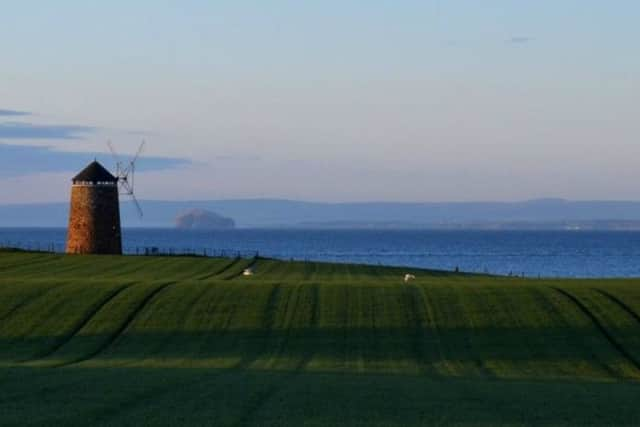When sea salt was Scotland's white gold


Salt pans were first lit in the 12th century in Scotland with monks some of the first to be involved with the enterprise.
Later, the manufacture was to grow on an massive scale given Europe’s demand for the highly-sought after food preservative.
Advertisement
Hide AdAdvertisement
Hide AdBetween the 16th and 19th Centuries, a number of operations were concentrated around the Firth of Forth with the nearby coal seams of Fife, which supplied the fuel to heat the brine, making this a natural environment for salt manufacture.


READ MORE: Scotland’s hidden wonders: the Dutch Village, Fife
Culross, St Monans and Joppa were to become major players in the industry with the production at Prestonpans, which received the first Royal warrant to produce salt in the 12th Century, lasting until 1959.
According to the 1853 edition of a Topographical Gazette of Scotland, the village produced around 800 to 900 bushels of salt every week at the height of production with around £18,000 in tax raised for the government every year.


It added: “A race of females known as salt-wives and second in notoriety only to the fishwives of Fisher-row and Newhaven used to carry the salt in creels to Edinburgh and dispose of it in the city and its suburbs.
“One set of salt pans are still at work and possess reputation for their excellent produce.”
The stench of the vapour and the thick plumes of smoke produced by the operation have been recalled, as has the addition of slaughterhouse blood to the bubbling pans, the albumen helping to draw out impurities from the liquid.
The sheer resources used to produce salt illustrates its value, with 50 tons of coal required to produce just three tons of the mineral.


Advertisement
Hide AdAdvertisement
Hide AdSeawater was originally transferred from the Firth of Forth to settling ponds using a seesaw-style device, fitted with a bucket, with the brine left to settle for several days.
It would then be moved to the large salt pans, which could measure over 20 feet long and 12 feet wide, which sat on stone pillars over naturally forming dips in the foreshore.
Fires would be lit underneath with panwood – a form of poor quality coal – used to heat the water.
Sir George Bruce, engineer and mine owner of Culross Palace, ran 44 salt pans between 1575 and 1625 with dozens of workers employed at the pans and in the colliery.


St Monans became one of the most important rural sites of the Industrial Revolution after Sir John Anstruther built a windmill to pump sea water from tidally-fed reservoirs into the salt pans.
Coal extracted from land just to the north of the windmill was used in the salt-making process.
The salt industry peaked in the 18th Century when Scottish salt flooded the English market following the Act of Union due to a more lenient tax north of the border.
Research from Portobello Heritage Society has detailed how higher taxes in England led to salt smuggling routes from Scotland, with produce from Joppa Salt Works among the contraband being shifted over the border.
Advertisement
Hide AdAdvertisement
Hide AdWilliam Chambers, who was to become one of the biggest names in publishing, moved to the Joppa works in 1815 when his father was appointed commercial manager and wrote of a “smokey, malodorous place.”
He said: “The business in itself violated all my father’s notions of propriety. It consisted almost wholly in supplying material for a contraband trade across the Border to England.”
He described their house as ‘almost the most revolting of human habitations’ but reprieve was found on a Sunday when salt production was forbidden.
He added: ‘The Sundays spent on the shore of the Firth of Forth formed a refreshing change on the ordinary course of life.”
Scotland’s salt production was largely wiped out after a repeal of salt duty in the 1820s with rock salt from the Continent rapidly flooding the market.
